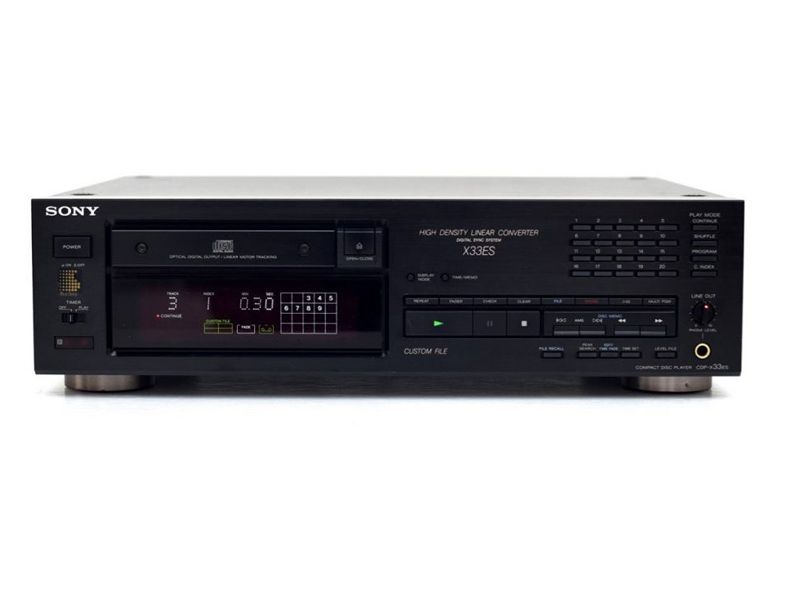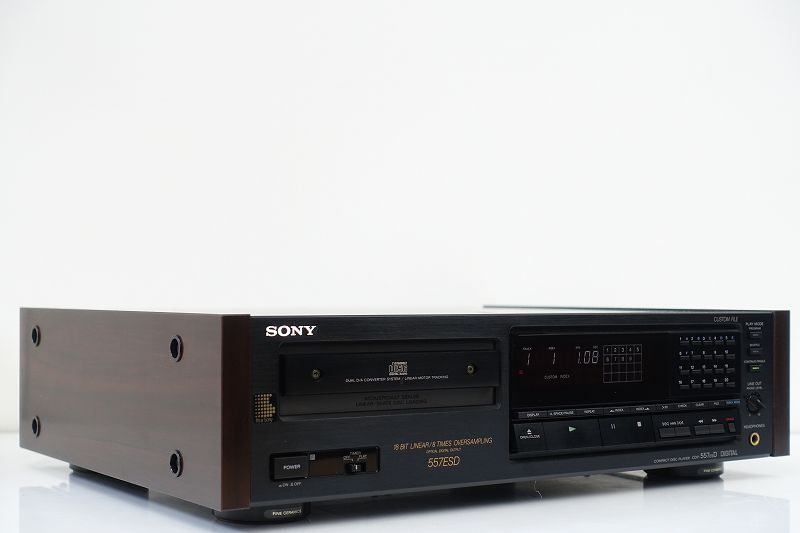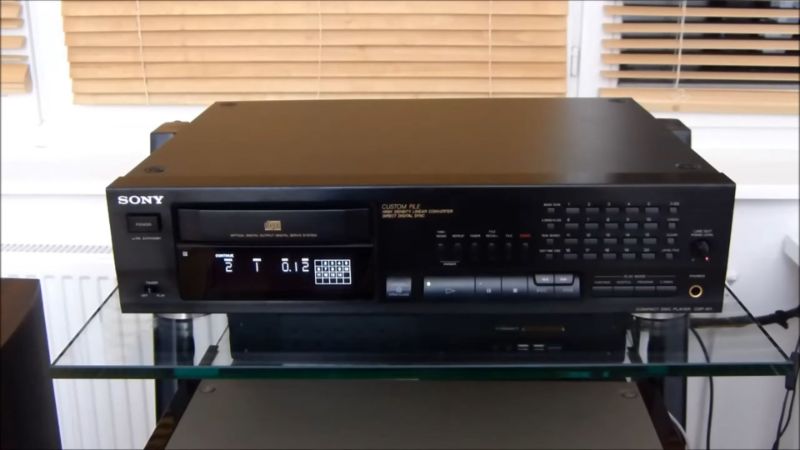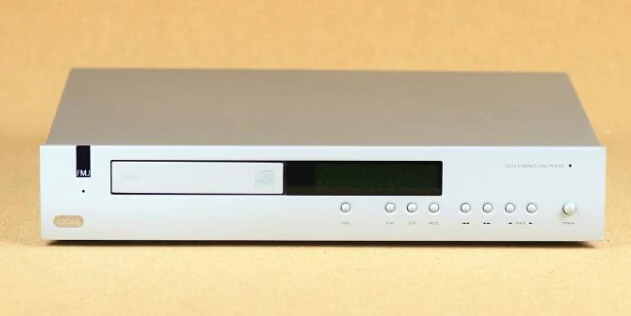It’s 1989, and the hi-fi world has changed dramatically. We’re still debating the advantages of digital audio – and unless you’re one of a select few hi-fi nerds around the world with early access to the new ‘Digital Audio Tape’ format, which runs at a heady 48kHz sampling rate, ‘digital audio’ means Compact Disc in all its 16bit, 44.1kHz splendor…
Let us not forget that ‘digital’ was not yet a reality at the time. There was a significant rebel audiophile subculture that still believed in vinyl and purchased all of their music on vinyl – just because it was possible! Some extremely learned people, such as Linn’s Ivor Tiefenbrun and Naim’s Julian Vereker, were publicly declaring that vinyl was their preferred format (despite though both companies were preparing to produce CD spinners)….
The main criticism of ‘digital’ (i.e. CD) was its harshness, according to its critics. Surprisingly, listening to the same players who were earlier criticized for going “fiercely forward” does not produce the same intense aural suffering. This is partly due to the fact that eighties hi-fi, especially with those terrible early metal dome tweeters, was quite forward and harsh sounding. Mid-eighties CD spinners are ‘vivid’ enough through modern, well-matched systems, but not quite as horrifying as formerly assumed.
The problem was caused in large part by a silicon chip known as the Philips TDA1541 digital-to-analogue converter. This was the first 16-bit, four-times-oversampling design, which replaced the original 14-bit, four-times-oversampling TDA1540, which was more softer, vaguer, and fluffier. The ’41 was bubbly; it had a lot of ‘zing’ to it since it emitted higher levels of distortion than was acceptable. Now, don’t get me wrong: I think this is the finest fun ever DAC – it’s fantastically musical and a true “seat of the pants” player – but it’s never been smooth and leisurely…
The ’41 was found on all Philips and Marantz players, as well as a large range of other Japanese machines (such as the Sony CDP-557ES, etc.). It was implemented in a variety of methods (and later claimed, for example, by Sony, to provide 18-bit, 8 times oversampling), but it was always easily distinguishable thanks to its zippy, peppy, gripping sound.
Despite the fact that Marantz earned a name for itself by altering Philips’ CD players, Philips saw the CD player separates market as a premium location to be noticed, and produced a line of highly good CD players, from 1982’s CD100 to 1990’s CD950. All (obviously) used the most recent Philips DACs, and were frequently among the first to receive them. And so it was with the 1988 CD850, a high-end £400 computer (it would today be in the area of £1,000, so it wasn’t exactly a cheap design) with a solid, if not quite “battleship”-like, build. It was a superb sounding player with the early, now revered, Philips CDM1’swing arm’ mechanism; lively and engagingly melodic; but no one anticipated it to have its heart ripped out and have a wholly innovative transplant in the shape of the SAA7350 DAC halfway through its existence.
So, a CD player gets a new DAC – what does that mean? It was the first time Philips’ brand new Differential Mode Bitstream converter was used, and it gave the player a unique sound. In several ways, the chip’s (then) unique architecture measured considerably differently. Distortion was significantly reduced, resulting in a sound that was noticeably smoother and more consistent across the audio spectrum. But there was more to it than that, for the music’s nature was different as well; more studied, even analytical, with superior mid-band detail, a larger soundstage, and a finer, smoother, and nuanced treble. In a nutshell, it didn’t sound ‘digital’ in the way that most people understood the term.
In today’s world, where Bitstream DACs are ubiquitous, this may not seem like big news, but the CD850 II marked the beginning of the digital era. It got slicker, more detailed, and more approachable. Because Bitstream DACs were less expensive to produce, they brought in a whole new world of affordable CD spinners, and later portables, firmly placing analogue on the outside of the hi-fi world, where it has remained – and in fact thrived – ever since.
It’s interesting to hear a non-Bitstream DAC now to get a sense of how significant the SAA7350 (and its ilk) were. In today’s hi-fi world, where Bitstream is ubiquitous, the first Philips 16-bit’multibit’ DAC is a truly racy, thrilling, and yet horribly compromised thing; in today’s hi-fi world, where Bitstream is ubiquitous, the first Philips 16-bit’multibit’ DAC is a truly racy, thrilling, and yet horribly compromised thing. It’s like going back to twin carburettors in a world of fuel-injected automobile engines. It’s two-dimensional, edgy, glassy, characterful, and incredibly rhythmically engaging. It’s tonally problematic, musically erratic, and not everyone’s cup of tea. By comparison, the SAA7350 aspirated Philips CD850 II is sleek, tidy, and elegant – much like any other current silver disc spinner. This is how it all began.
Early Philips ‘swing arm’ mech parts are as scarce as hen’s teeth, but the good news is that they’re tough as nails. The Philips CD850 II will never sell for a lot of money on the secondhand market, but if you can locate one in fine working order for roughly £100, you’ll get a lot of sound for your money.







